BUILD CATALYST & CHEMICAL BATCH REACTOR SYSTEMS
Batch reactor systems offer a reliable and flexible way to manufacture a wide range of chemical products, making them an ideal choice for many chemical manufacturers.
When To Use Batch Reactor Systems
Batch reactor systems are often used for chemical manufacturing with long reaction times because they allow for better control over the reaction conditions, particularly temperature, and pressure. Long reaction times are often required for complex chemical reactions, and maintaining stable reaction conditions over an extended period is crucial for achieving the desired product quality and yield.
In a batch reactor system, the reactants are loaded into the reactor vessel and allowed to react for a specified period. During this time, the temperature, pressure, and other reaction conditions can be closely monitored and adjusted as needed to ensure optimal product formation. This level of control is essential for reactions that require a longer reaction time, as even small variations in the reaction conditions can lead to significant changes in the product quality or yield.
Moreover, batch reactor systems are well-suited for chemical processes that require multiple steps or intermediate reactions. In such processes, the reaction mixture can be transferred to different reactors for subsequent reactions, allowing for better control over each reaction step.
Benefits of Batch Reactors
Bring Us Your Challenge
Why Batch Reactor Systems from Applied Catalysts?
OUR PROCESS FOR
BUILDING BATCH REACTOR SYSTEMS
01
Discovery
Rapid changeover from one chemistry to another is a crucial factor for batch reactor systems, especially in a multi-product manufacturing facility where different products are produced in the same equipment. The ability to quickly and efficiently switch between different chemistries is vital to maximize the productivity of the equipment and reduce the downtime required for cleaning, maintenance, and setup.
Overall, rapid changeover in batch reactor systems enables manufacturers to be more agile and responsive to changing market demands, reduce costs, and improve product quality and environmental sustainability.
02
Identifying Milestones
Just-in-time (JIT) manufacturing is a production strategy that aims to minimize inventory costs and improve production efficiency by producing goods only when they are needed. In the context of batch reactor systems, JIT manufacturing means that the required quantities of the product are produced in batches only when the customer demand exists. This approach can significantly reduce inventory costs and minimize the amount of time that finished products are held in inventory, resulting in lower storage costs, reduced waste, and improved cash flow.
03
Project Proposal
We ensure that the production process can be scaled up from laboratory-scale to commercial-scale without any significant changes to the process conditions, equipment design, or operating procedures. This approach can help to reduce the risks and costs associated with process development and commercialization, as well as improve the efficiency and quality of the production process.
Process Catalysts
Metal Oxide Catalysts (MOC)
MOC products offer advantages as it can be used in both reductive and oxidative environments. Other advantages include high strength, attrition resistance, and tunable surface properties for various applications.
Custom Catalysts
Delivering on a foundation of catalyst development of over 30 years, we offer monolith-based, particulate catalysts, PGM, and base-metal catalysts.
Activated Carbon Monolith Catalysts (ACMC)
At Applied Catalysts, we strive to meet the unique needs of every customer. Whether you have a particular catalyst type in mind or need some additional guidance, we can help find the best solutions through all stages, from development to commercialization.
Granular Activated Carbon Catalysts (GACC)
GACC products have a high surface area and inert support for numerous catalyst applications. We can help you develop, test, and deliver the right catalyst.
CATALYST DEVELOPMENT SERVICES

Catalyst Development
Applied Catalysts offers catalyst development services based on heterogeneous catalysts. Combining our testing services with our catalyst development services accelerates project success and maximizes value creation for the customer.
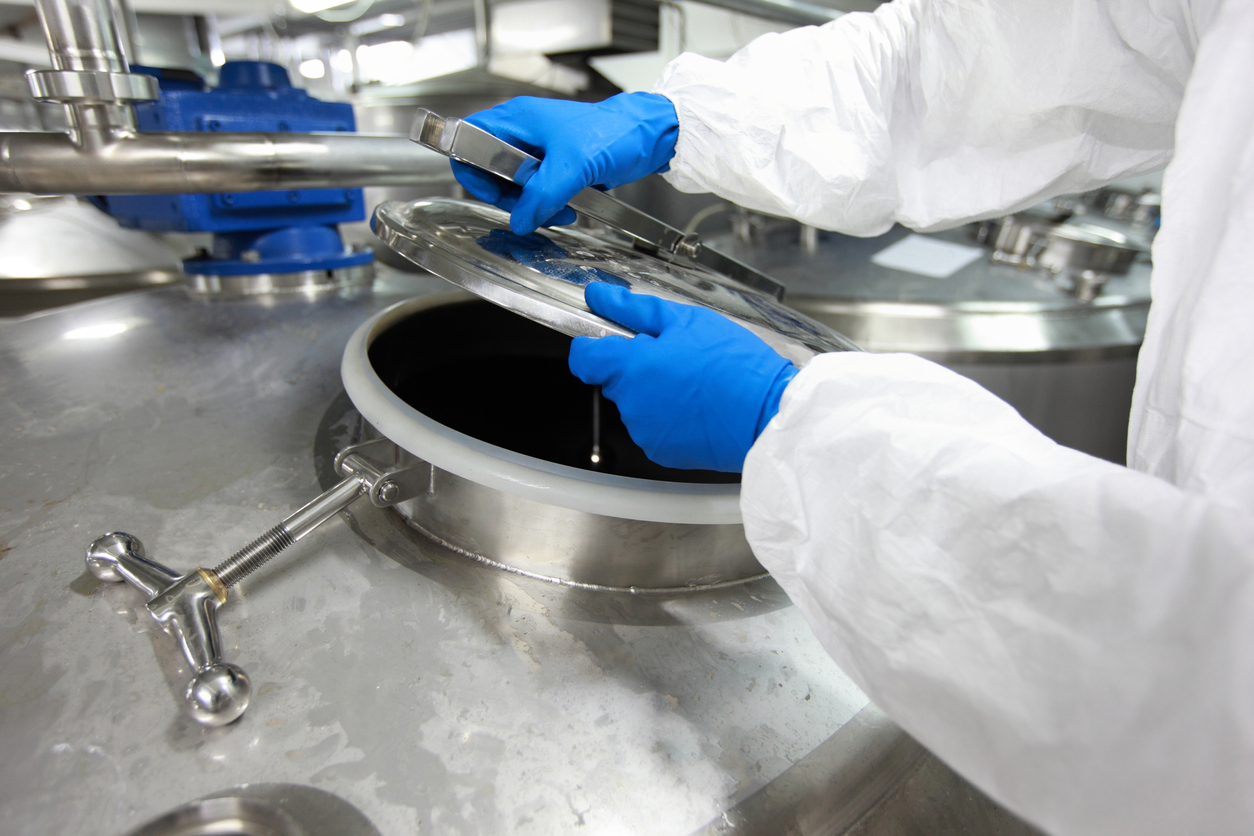
Catalyst Sourcing
There will be times when alternate suppliers are needed. As a supplier of catalyst and process technology ourselves, we can help customers source catalysts and chemicals in many areas.

Catalyst Testing
We offer lab-scale and show-tube scale testing of hydrogenation and other chemical processes under reductive or inert conditions. Other chemistries can also be run by request.
CATALYST SYSTEMS
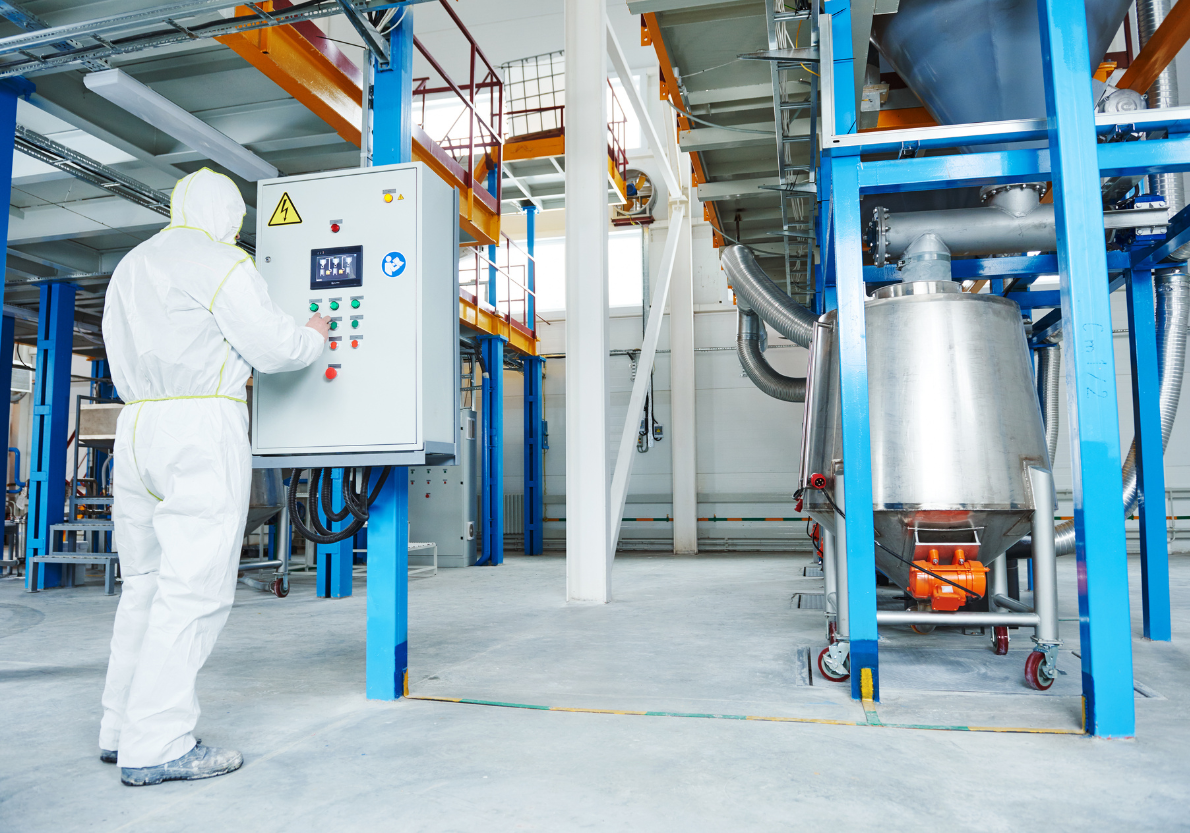
Batch Reactor Systems
Batch reactor systems offer a reliable and flexible way to manufacture a wide range of chemical products and allow for better control over each reaction step, making them an ideal choice for many chemical manufacturers.
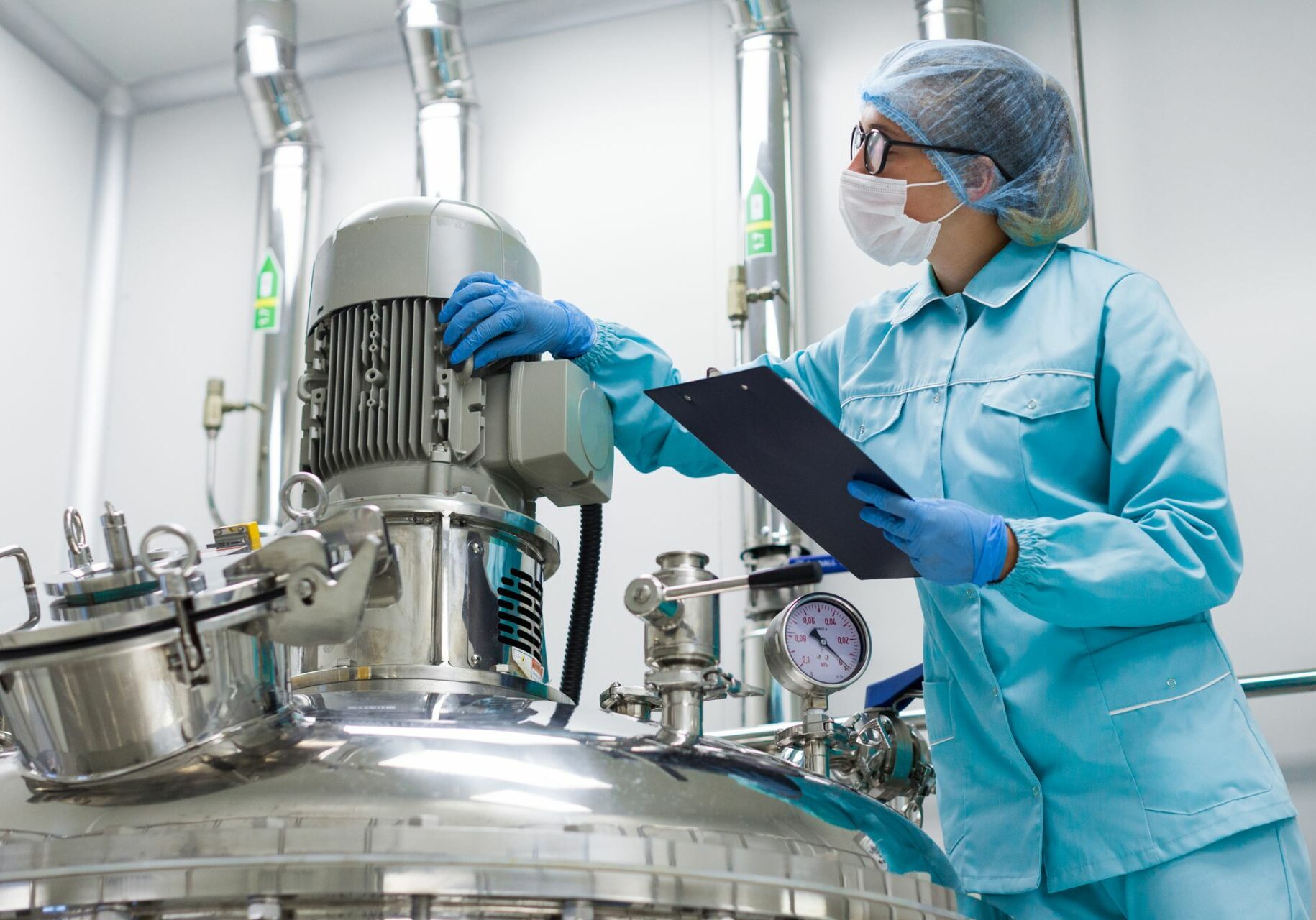
Continuous Reactors
Our continuous reactor systems offer productivity, reliability, and cost advantages for chemical manufacturing. Turn-key systems can be delivered.
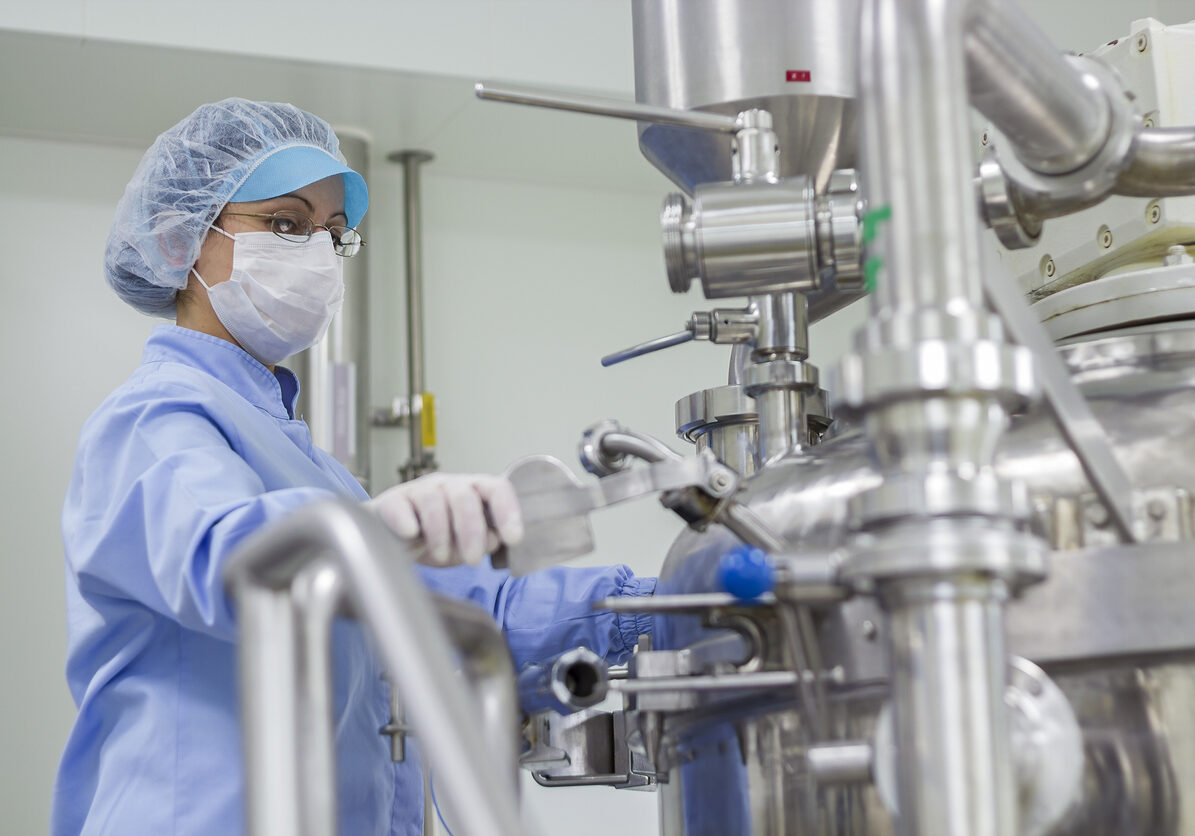
Modular Process Systems
Designed for flexible just in time manufacturing, our modular process systems are the perfect tools for increasing productivity and driving profitability.
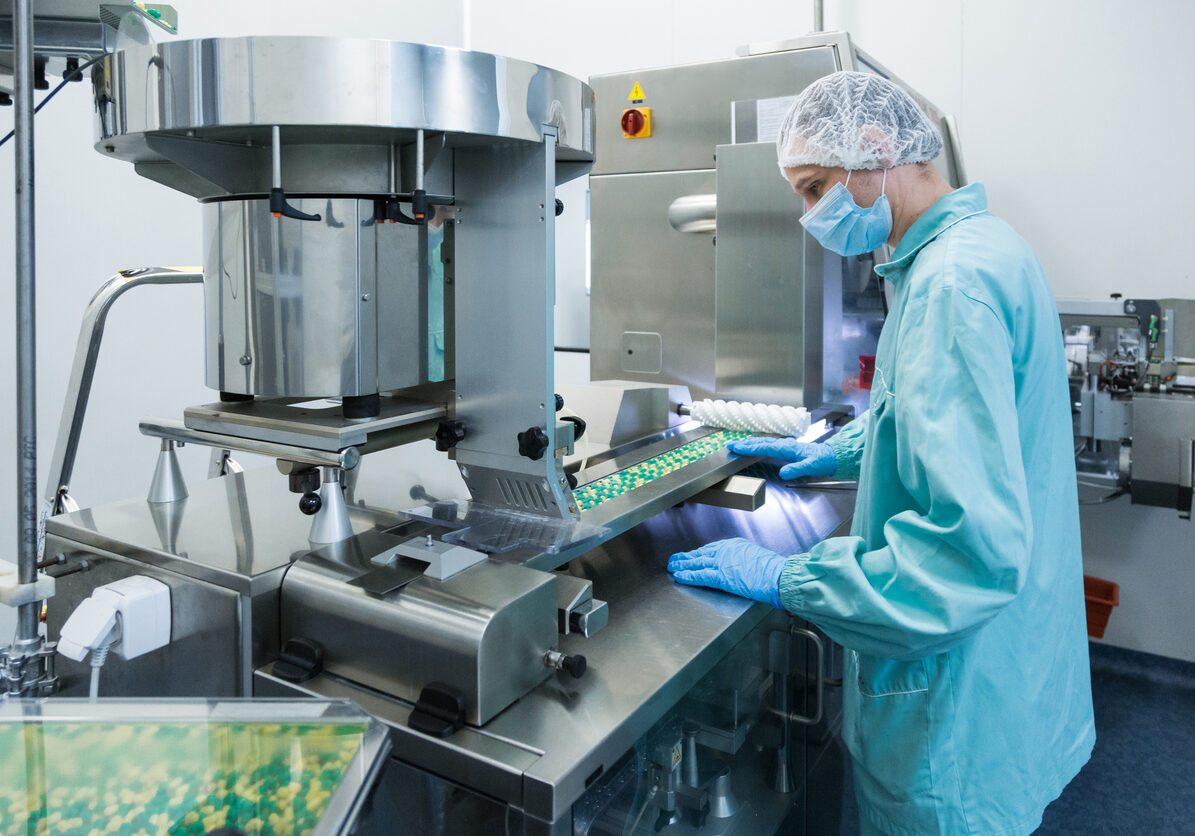
Separation Systems
Separation Systems are integral to a variety of industries that involve the processing of complex chemical mixtures that require safe, efficient, and reliable process equipment.
APPLICATIONS + INDUSTRIES SERVED
Process - Performance Guaranteed Batch Reactor Systems
We give our clients the peace of mind that they need to invest in our equipment, knowing that it will perform as intended and meet their production goals.
-
Rapid changeover from one chemistry to another
-
Just-in-time manufacturing
-
Seamless process scaleup
Bring Us Your Challenge
